
Interior cocoon: Onboard technologies for improved passenger safety
Valeo’s interior cocoon brings together several onboard technologies for improved passenger safety in the vehicle:
- a driver monitoring system, which uses a camera to analyze the driver’s face using artificial intelligence (AI) algorithms,
- a cabin monitoring system to detect occupant behavior, and
- the life detection system, which signals if a child is in the rear of the locked vehicle.
What is a Driver Monitoring System?
A driver-monitoring system is an advanced safety technology that uses a camera to monitor driver alertness and check their level of vigilance. It is an innovative concept for active safety that can help reduce accidents on the road.
Valeo’s Driver Monitoring System has many functions such as detection of distraction and drowsiness, driver identification and facial emotion recognition.
When it detects signs of sleepiness or distraction, the system transmits alerts to the driver to get the driver’s attention back on the task of driving. The system’s camera mounted on the dashboard also ensures that the driver has their eyes on the road.
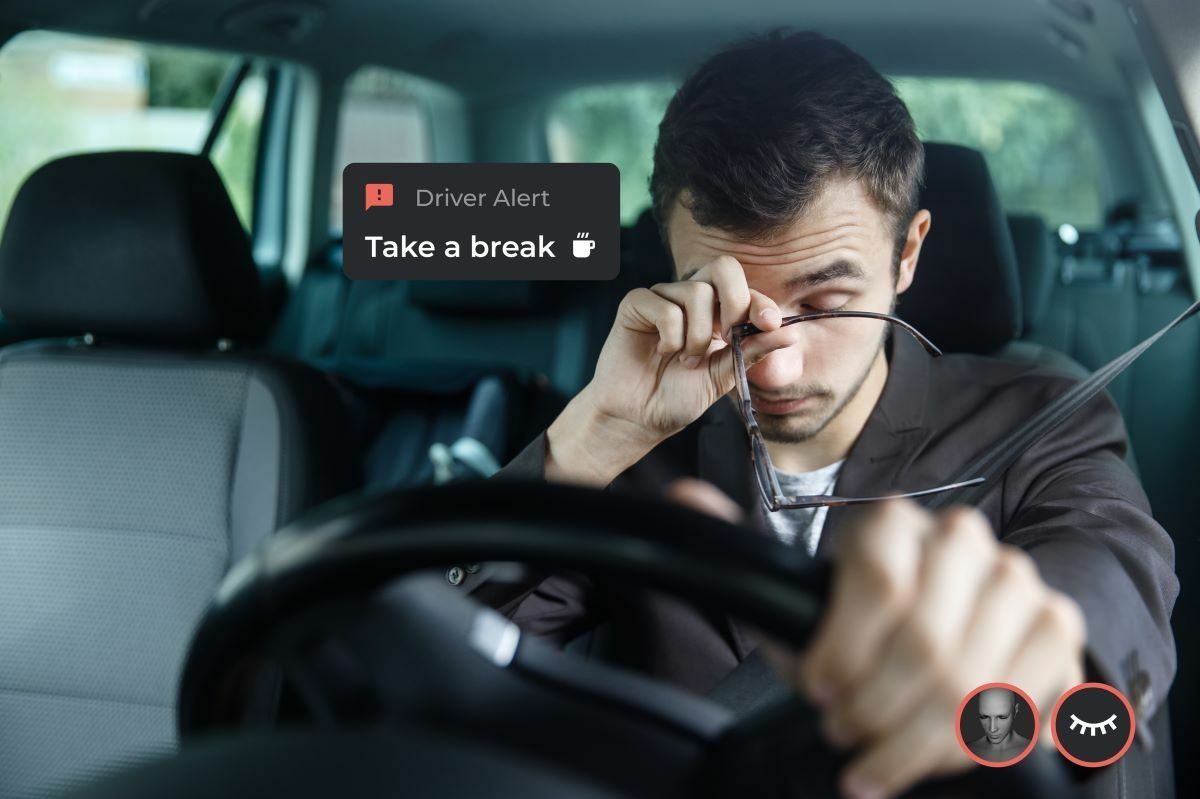
Other applications are also possible, such as driver identification for personalized settings and adapted driving modes.
Valeo’s Driver Monitoring System is in mass production with Deep Learning algorithms, including a scalable ECU and cameras for driver identification, accurate head-and-eye tracking, and monitoring driver gaze for distraction or drowsiness.
The driver monitoring system will contribute 25% of the ADAS evaluation and occupant condition monitoring to EuroNCap. The improvement of this automotive safety technology will contribute to the reduction of accidents related to fatigue and distraction, which account for 54% of fatal accidents in Europe. Camera-based driver identification also provides an additional level of security compared to key or badge-based access systems.
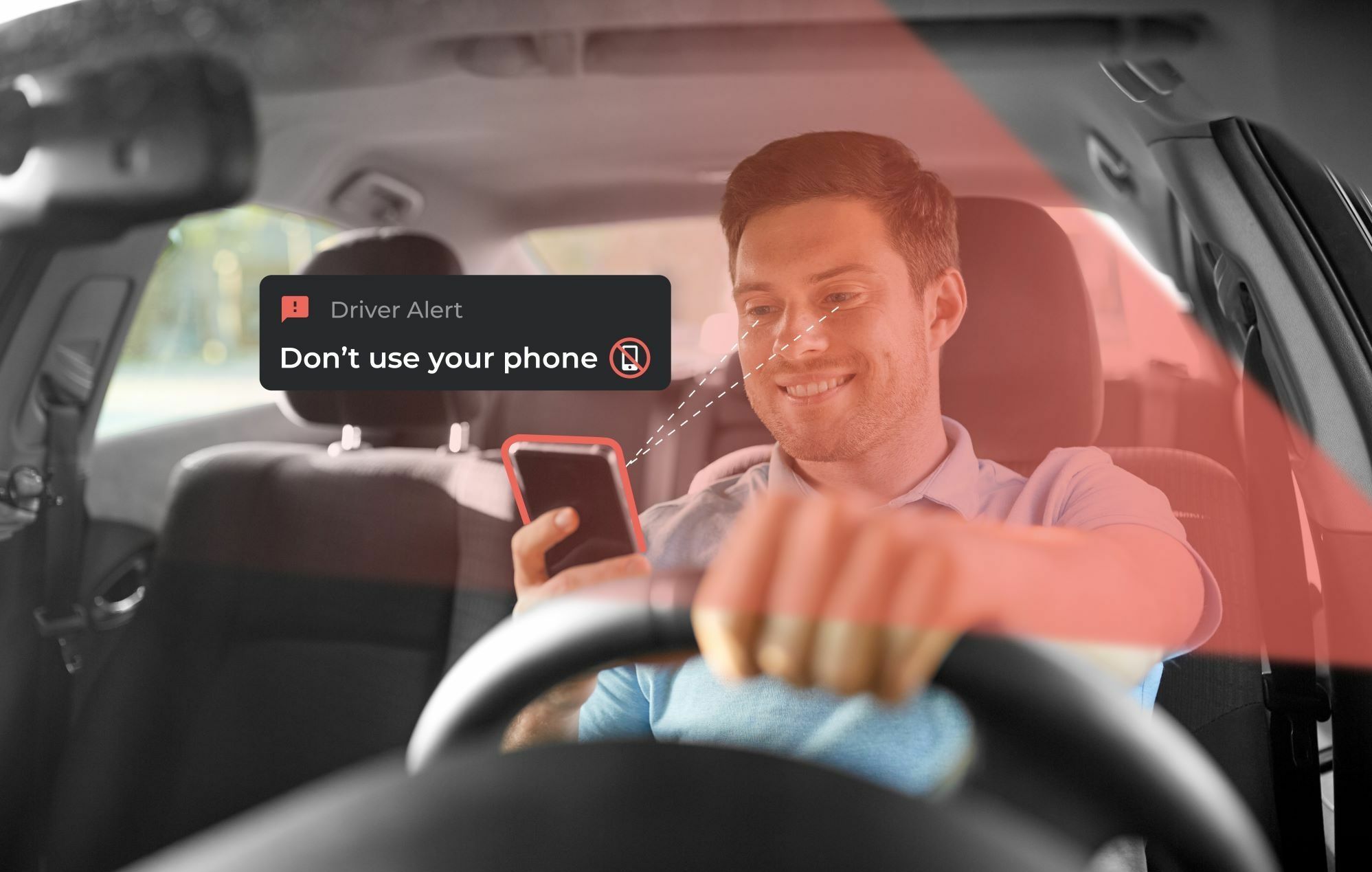
Since the DMS is becoming mandatory for L2 and L2+ autonomous vehicles, the global market is exploding, from about 1 million units in 2020 to an estimated 22 million units in 2025.
Innovative automotive monitoring system for passenger safety
What is a Cabin Monitoring System?
A cabin-monitoring system uses a camera sensor to understand human behavior and detect any passenger movements.
Thanks to the Valeo Interior Monitoring System, the vehicle is able to adapt to the internal context by knowing the characteristics of occupants such as their posture, and then adapting elements such as the air temperature or the driving mode. In addition, in the event of an accident, the intensity and deployment timing of the airbags can be adjusted according to the position and size of each passenger.
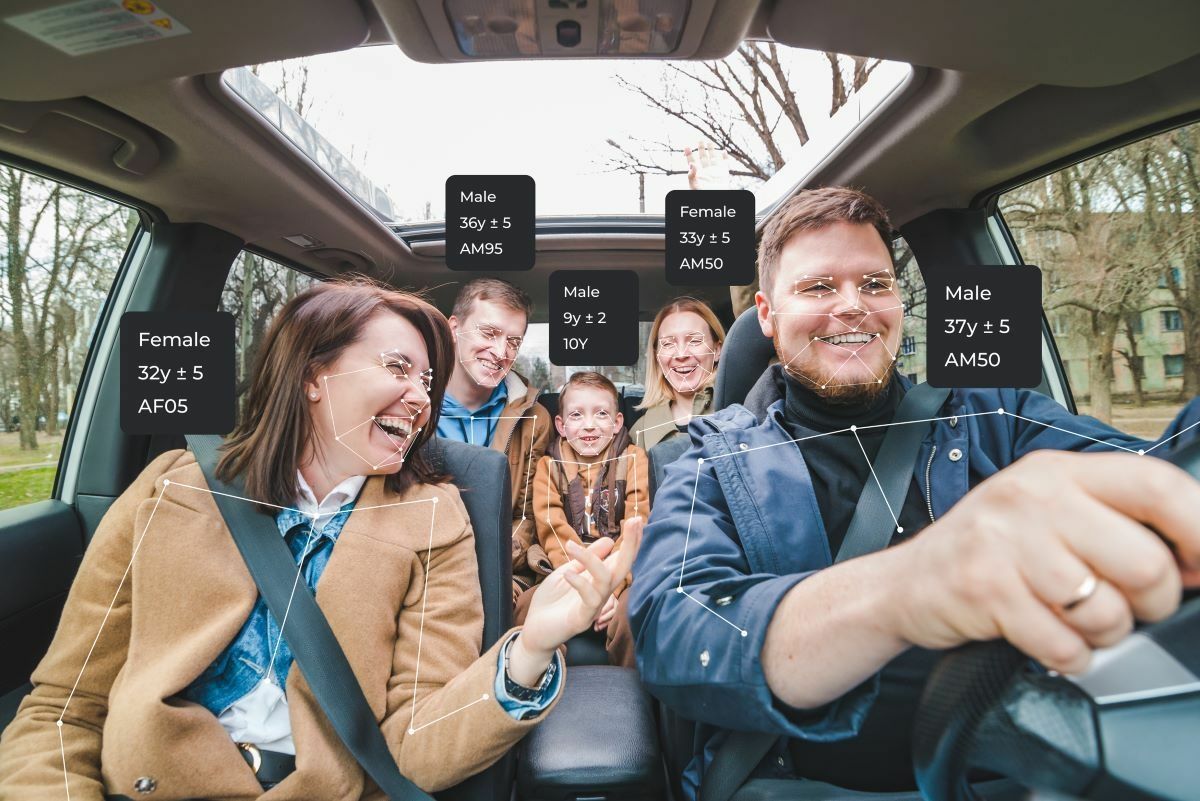
The cabin monitoring system, which is equipped with a camera, also allows entertainment functions such as taking selfies to share experiences while traveling.

Valeo Gesture recognition offers a natural and intuitive way to interact with the vehicle for even safer driving. Based on machine-learning algorithms and an in-house compact 3D camera, the feature is embedded in Valeo’s dome module.
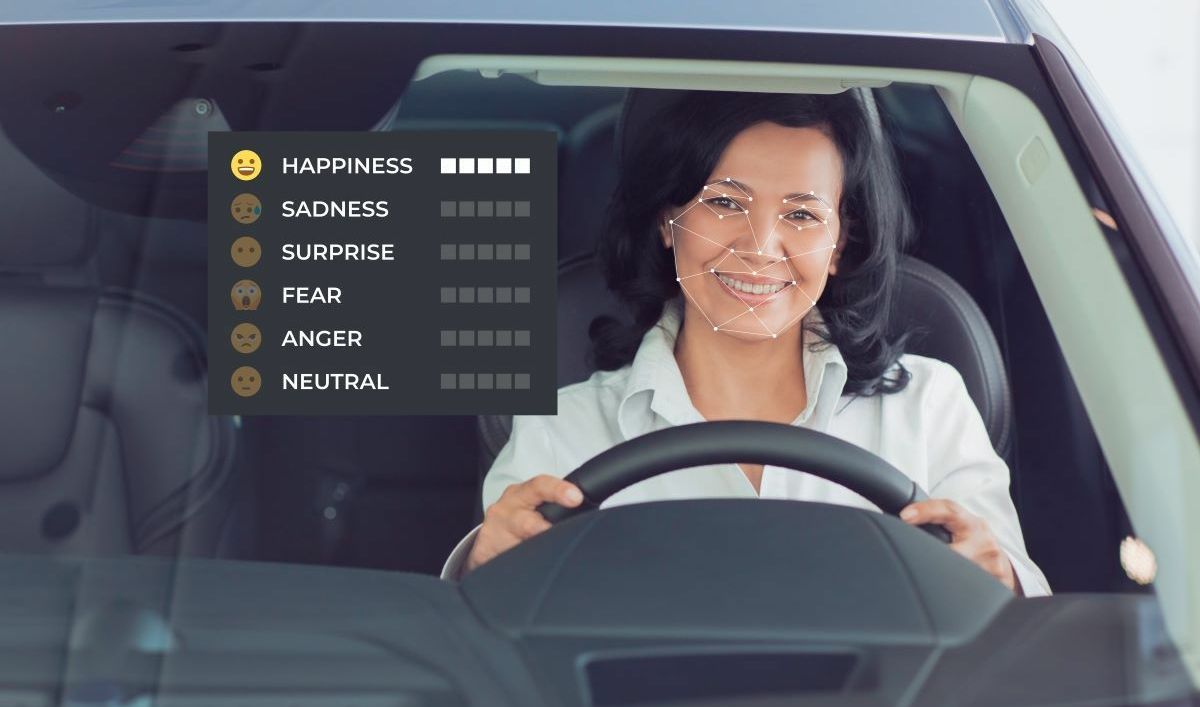
A radar to detect presence of passengers in the vehicle
In Europe, EuroNcap has introduced life detection in its roadmap to address the cases of children left in an unattended vehicle, which cause heat stroke deaths. Since 2022, this in-car monitoring functionality is considered a key safety criterion in EuroNcap’s evaluation.
The Life Presence Detection System uses interior radar and AI algorithms to detect if there’s life or not in the car. Result: no more children or pets forgotten in the back of the car anymore thanks to this additional safety technology. Once the engine is turned off and the car is locked, if the car detects that a person is still inside the vehicle, the system can activate an audible and visual alarm on a smartphone.
Valeo’s “Life Presence Detection” solution is based on a 60 GHz radar using a millimeter wave detection system to detect in real-time occupants’ body movements, even under visual obstacles such as clothing, blankets, etc.
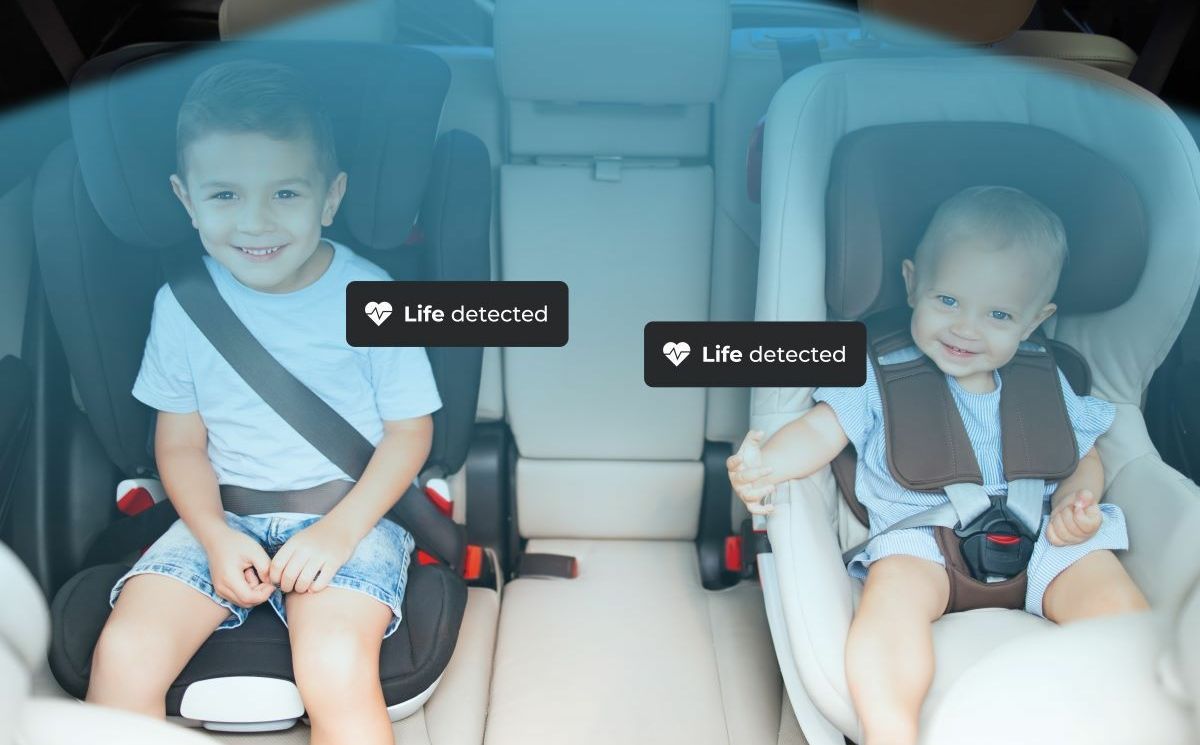
Such systems with passenger movement detection are usually integrated in the vehicle roof liner and must be able to detect or assess the presence of a child or a pet in a locked vehicle and either provide warnings for as long as necessary or intervene to mitigate the risk of hyperthermia.
In Europe, EuroNcap has included life detection in its roadmap to address the problem of children left unattended in a vehicle, which leads to heatstroke injury and death.
Since 2022, this in-car monitoring feature is considered a key safety criterion in EuroNcap’s evaluation.
